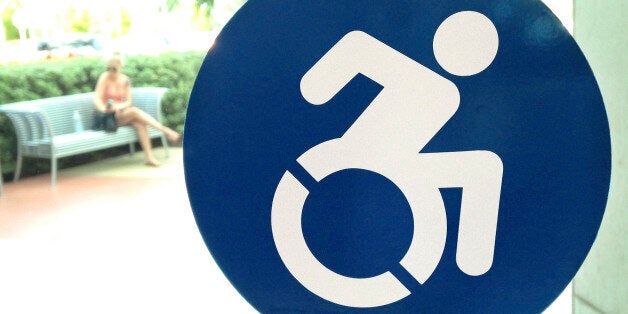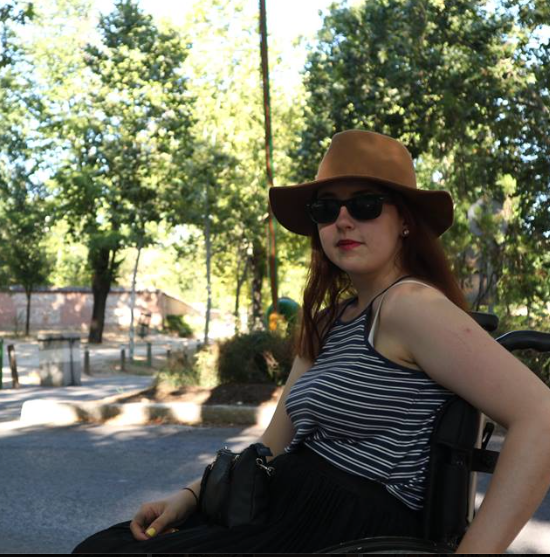
Who takes priority on our buses - wheelchair users, or parents with prams?
It's an ongoing debate I know all too well, and one that has been pushed into the national spotlight again this week.
Five years ago, Doug Paulley, a wheelchair user from Yorkshire, couldn't board a local bus because the designated accessible space was occupied by a woman with a pram. The driver asked the woman to take out the baby, fold down her buggy and move - but she refused. As a result Doug was forced to wait for the next bus, missed his train at Leeds and was an hour late for an appointment.
Sadly Doug is not alone.

I have a disability which largely requires me to use mobility aides; either crutches or a wheelchair. My experiences on public transport are generally arduous and unnecessarily frustrating. In the past I have been refused entrance onto buses because of a buggy occupying the wheelchair space.
I, of course, appreciate it is difficult to collapse a buggy and handle a small child on a bus - but for wheelchair users, collapsing your wheelchair isn't even an option.
Often a bus pulls up and I realise the wheelchair space is occupied by a buggy. I look apologetically at the parent or carer and thank them for collapsing up the pram and moving elsewhere.
The majority of the time people will move without hesitation, but I've faced many situations where this isn't the case. Usually a small pushchair is able to fit alongside a wheelchair, but this causes a tight squeeze and is difficult to negotiate, particularly if I need to get off before them.
This is all confusing territory for passengers.
The signage on Transport for London buses reads 'Priority wheelchair area: this space is reserved for a wheelchair user. Buggies can use this area if it is not needed by a wheelchair user.'
However, outside of London it is a case of first come first served, and whilst a driver can request for a buggy to be moved, they're not expected to do much beyond this.
Today is a big moment for me and for many other disabled people who use public transport. The Supreme Court has just ruled that bus companies should do more to ensure a non-wheelchair user vacates the space for a wheelchair user.
Finally we have clarity on what bus drivers should do if the awkward situation arises and a wheelchair user and a parent with a buggy are competing for the space.
The ruling says that requesting is not enough; a buggy should be required to move if a wheelchair user needs it. If there is a refusal, the driver should consider more options to ensure they vacate the space, depending on the particular circumstances. The judge said a polite request to collapse the buggy and move should be "rephrased as a requirement". In some circumstances, he suggests a refusal to drive off should be considered. However, ultimately the driver does not have the power to remove the person from the bus - how very English and polite!
The spaces on buses wouldn't be there if disabled campaigners hadn't fought for them to be there in the 1980s and 1990s. But today many wheelchair users still face difficulties accessing the spaces, often causing a great deal of distress.
Reading through comments on Mumsnet today, it's reassuring to see the majority of parents support the fact these spaces are first and foremost for wheelchair users. But buses aren't the only offenders. Wheelchair users often do not have the option of other routes of transport; the majority of train stations do not have step-free access and where I live in London the tube network is only partly accessible.
It's good to see disability charities like Scope supporting today's verdict by the Supreme Court. I hope the attention on this debate today moves on from just simply "wheelchairs vs buggies". This is a case of accessibility for everyone and bus companies need to work collaboratively with wheelchair users and parents and carers with buggies to provide the best solution for both parties
